It was the summer of Franklin Rose and Shivnarine Chanderpaul. It was the summer of Navjot Singh Sidhu’s snail-paced 201 at Port of Spain. It was the summer during which an Indian batting line-up which boasted the likes of Mohammad Azharuddin, Rahul Dravid, Sourav Ganguly, VVS Laxman and Sachin Tendulkar failed to chase down 120 on an up-and-down turf in Barbados, putting the West Indies on the right side of the one outright result in a series where all the other matches ended in draws.
It was the summer of 1997, the year when I fell in love with Test cricket in the Caribbean.
I fondly remember the Test-leg of India’s tour of the West Indies in 1997 for a number of reasons. It was the first series I would watch live on paid cable network – something of a luxury in those days – on the small portable colour television brought home by my grandparents, who had just returned to Chennai after five years. It was dubbed ‘The Calypso Series’, and the match-days commenced at 7:30 PM (Indian Standard Time), a full hour before dinner, and an hour or so after I had completed my school homework. It was the first five-Test series I would watch as a young cricket fan, and by the end of it I was even more hooked to Test cricket than I was before it.
The series also introduced me to the quirky brilliance of Geoffrey Boycott as a commentator. His Yorkshire accent sounded exotic to my eleven-year-old ears, and the way he dug his car key into the wicket every morning during pitch report to show how much it had cracked was fascinating. In the commentary box, Boycott was accompanied by (among others) Sunil Gavaskar, the eloquent Mark Nicholas and the late Tony Cozier, who had already been a notable Caribbean voice in cricketing circles for many years, and whose insightful reading of the game I grew up to appreciate and admire.
Since the 1997 series, I have come to connect cricket in the Caribbean with other things I have come to know and love about the West Indies and West Indian cricketers: the gorgeous sunlit beaches, snippets of which used to be shown during drinks breaks and between overs; the great rum, which became my favourite drink soon after I held a glass for the first time; the music which often punctuated Test match-days, whether the home team was on top or not; the feather-soft voice of Michael Holding, who is among my favourite present-day commentators; the flair and free spirit with which West Indies batsmen batted; and the pace and heart with which the West Indies quicks bowled.
My love for Test cricket in the Caribbean is moreover fuelled by my memories of the exploits of some fine Indian cricketers against the West Indies. Growing up, I heard glowing tales of how great Sunil Gavaskar had been against the mighty fast bowling attacks that the West Indies had fielded during his time – thirteen of his thirty-four Test centuries came against them, seven in their own backyard – and how Mohinder Amarnath, who refused to wear a helmet despite being hit on the head multiple times in Test cricket, refused to take a backward step against them.
Years later, I would watch Rahul Dravid being hit on his jaw by a Mervyn Dillon bouncer at Georgetown, but soldiering on to make an unbeaten 144 to save a Test match. In fact, when I think of Dravid, my favourite Indian cricketer of all time, batting in the West Indies, I remember this brave effort, alongside his match-winning defensive masterclasses on a Kingston minefield in 2006.
As tales of courage on a cricket field go, Anil Kumble’s spell with a bandaged jaw in the Antigua Test of 2002, during which he had Brian Lara LBW, is right up there with the finest. Nevertheless, that single spell should not upstage the fact that Kumble did well in the West Indies generally, his all-round contributions, for instance, having been as important to India’s series-clinching victory as captain Dravid’s half-centuries in the Kingston Test of 2006.
Great performances by West Indies batsmen at home are difficult to list since there have been so many, even if I consider only the players I have watched. Apart from Brian Lara’s three tours de force (his record-setting 375, his record-breaking 400 ten years later, and his 153 in a run chase for the ages), each of which I have only caught glimpses of, and the countless rearguards orchestrated by Shivnarine Chanderpaul as his team went into a terminal decline, my favourite knock by a West Indian in the West Indies remains Carl Hooper’s silken 233 against India in the Guyana Test of 2002, during which Dravid made the aforementioned 144. It was a captain’s knock from Hooper who was dropped early in his innings—a work of art produced without a scintilla of violence by a sleepy-eyed man who is widely believed to have delivered far less than his skills and talent promised.
As for memorable bowling performances, the one that instantly comes to mind – because it has scarred me forever – is the ruthless demolition job completed by Curtly Ambrose, Franklin Rose and Ian Bishop against India in the Barbados Test of 1997 mentioned at the beginning of the piece. Other clinical executions of opposition batting line-ups come to mind, too, including Ambrose’s 6-24, which blew England away for 46 in the Port of Spain Test of 1994, and Jerome Taylor’s 5-11, which sent England (again!) hurtling to 51 all-out in the Jamaica Test of 2009.
Test cricket today in the Caribbean is a far cry from what it was even in the 2000s, when West Indies was still something of a force in the format, at least at home. Since then, however, many first-choice players have turned out for the West Indies only in limited overs cricket – and usually before ICC tournaments – otherwise earning their keep in T20 leagues around the world. The administration of the game in the islands has also been called into question during the past decade or so.
There is no denying, of course, that the current West Indies Test team – ably led by Jason Holder till recently, and now captained by Kraigg Brathwaite – has put in some sparkling performances in the past few years: these include a drawn series in England in 2017, a comprehensive series victory at home against the same opposition in 2019, and a fine 2-0 win – the highlight of which was a scarcely believable fourth-innings run chase on a spinning wicket – against Bangladesh in Bangladesh earlier this year.
One only hopes that such performances reignite among players and fans alike – despite the recent 2-0 loss to South Africa at home – the passion for Test cricket on the sun-bathed sands of the Caribbean.
Srinivas S

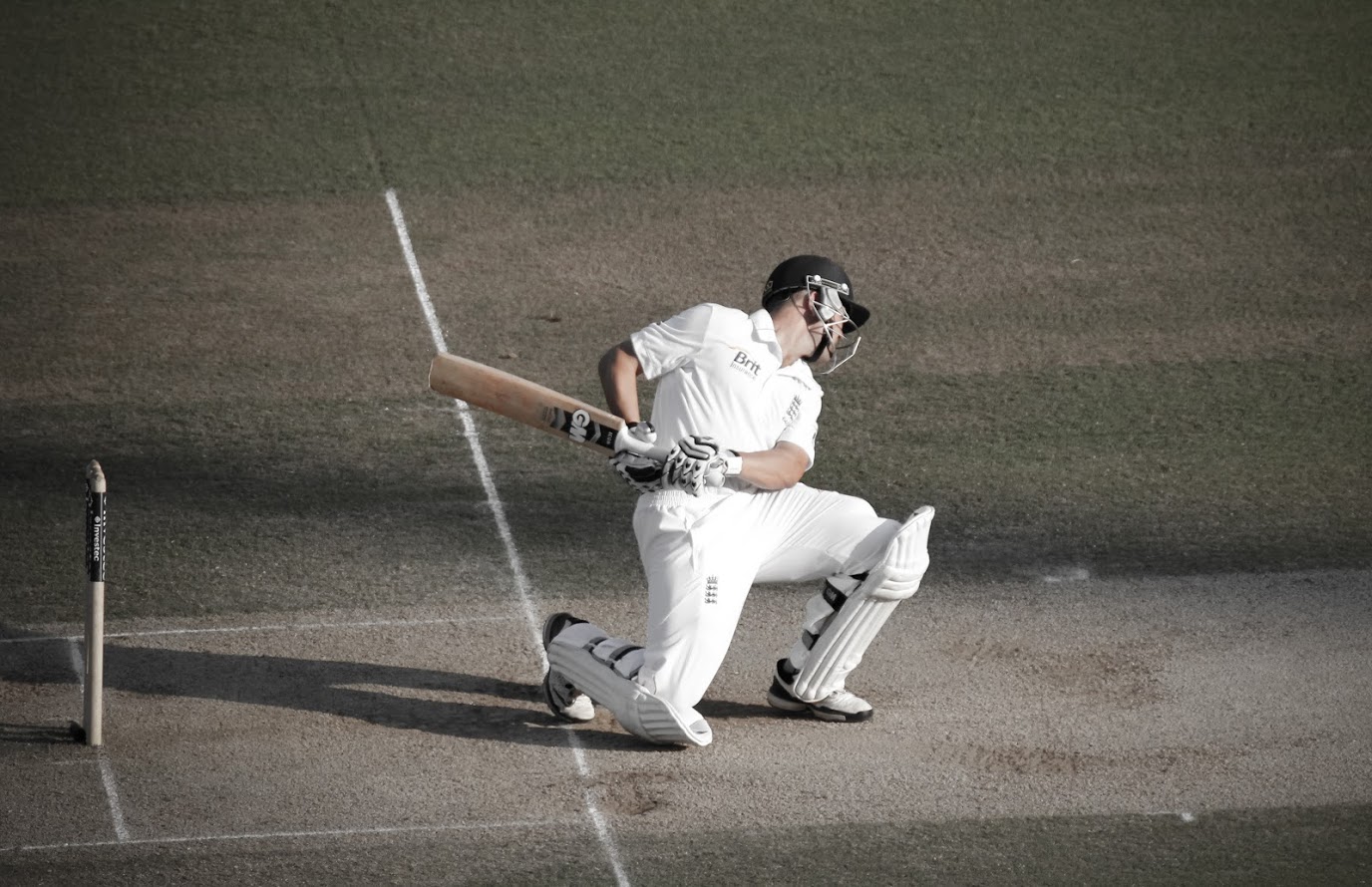

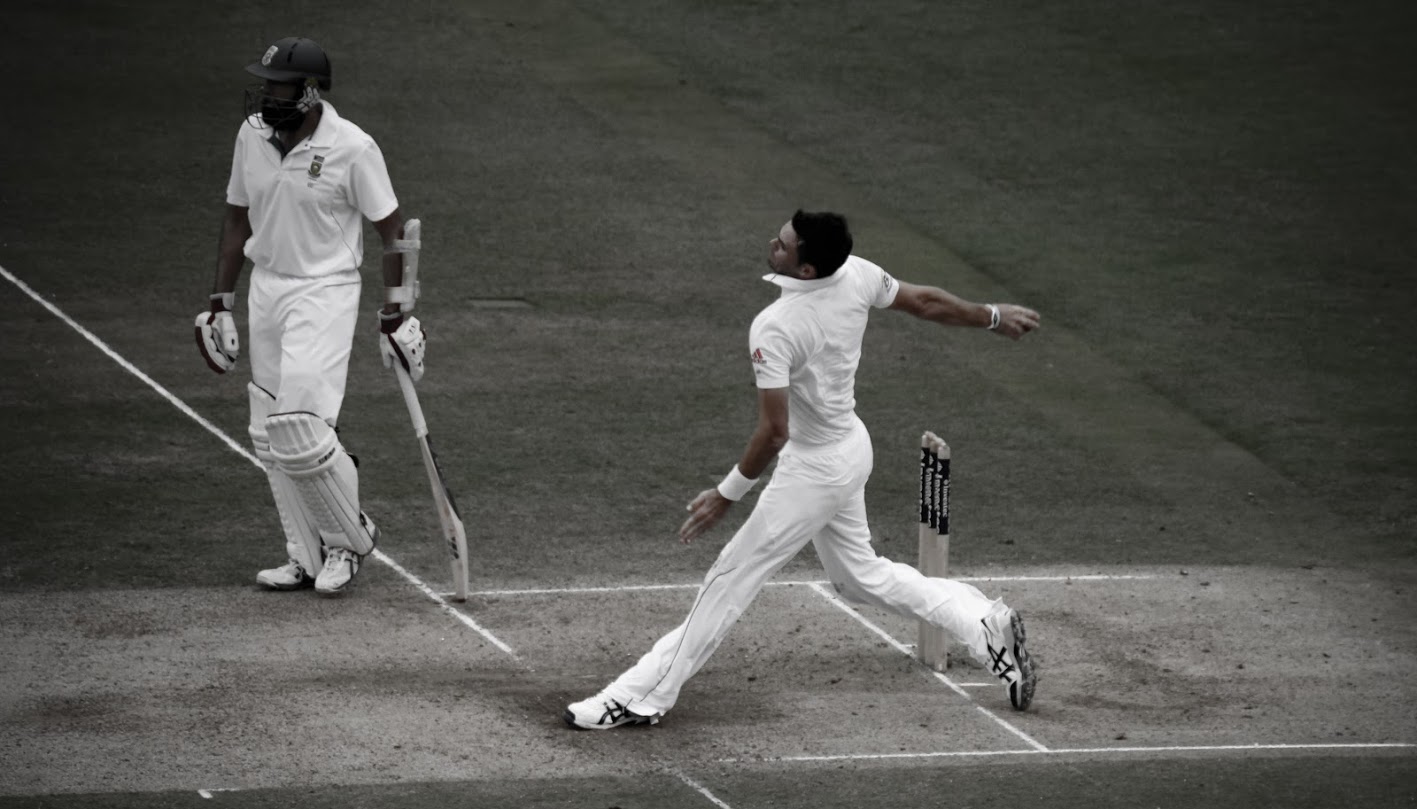
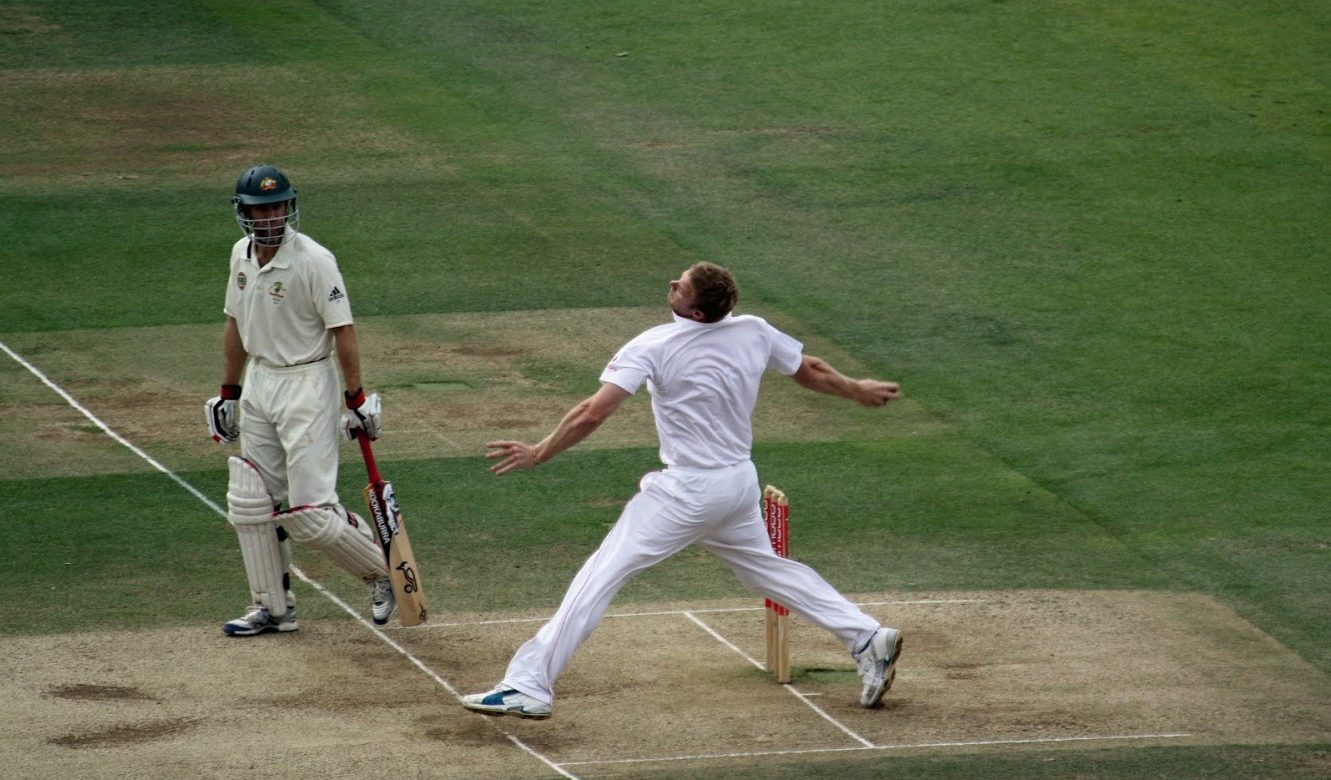
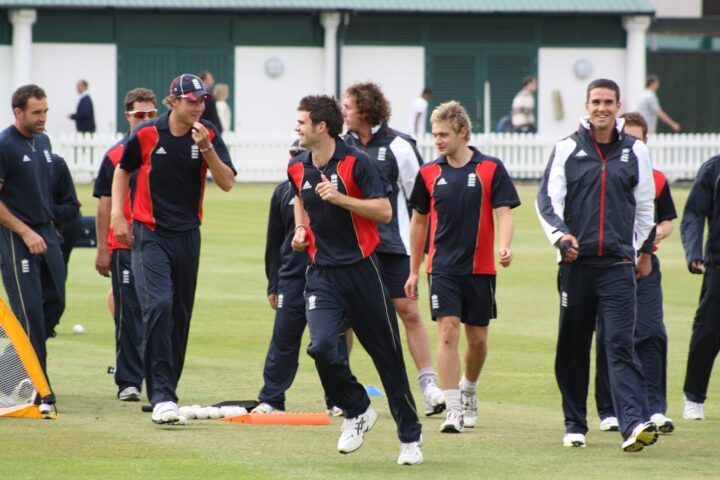
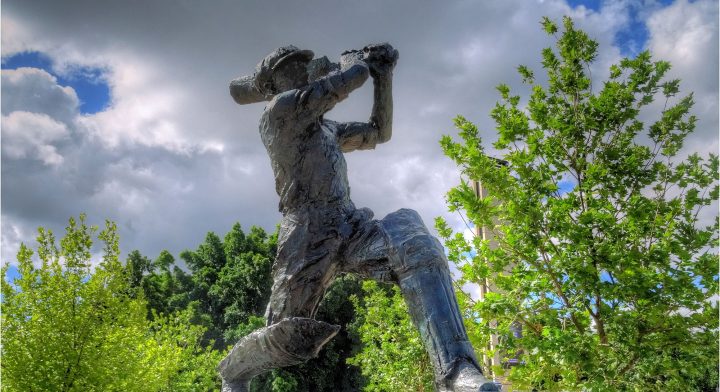


My top wish in cricket is that some film becomes available of some of the great series played in the WI in the 1970s (and I’ve seen film from the England tour in the late 1960s so it doesn’t seem impossible…. ).
Dennis Amiss’s match-saving 242*…. Lawrence Rowe’s double and triple centuries…. India’s record-breaking run chase with Gavaskar and Viswanath centuries…. Jeff Thomson’s 6/77, the fastest spell Tony Cozier said he ever saw…. the epic 2-1 series against Pakistan in 1976/77…. even the Packer ‘supertests’…. all exist only on paper and in the imagination.
Afraid my abiding memories of England matches in the Caribbean are of deliberately underprepared pitches designed to give maximum help to their fast bowlers, especially in the 80’s, when their battery of same hardly needed it. Would have loved to see Richards and co. batting against their own then. Even AlLan Lamb, our best player of pace, who genuinely seemed to enjoy the challenge, was disillusioned by the whole experience as it was a question of avoiding injury over scoring runs. Yet the groundsmen, if you can call them that, were not disciplined by subsequent investigations and Clive Lloyd openly encouraged the short pitchers. It has always coloured my view of ‘The Big Cat’ whom I loved watching as a batsman. It showed the Windies overdoing it against Close and Edrich wasn’t an isolated incident under his auspices.
Interesting side on Caribbean tours in Fred Truman’s typically blunt autobiography, ‘Ball of Fire’ where one of the tactics of the administrators was to make women available to the players, they being away a fair time without wives and girlfriends. This it was hoped would get them expending their energies elsewhere than on the pitch.
Precise and just amazing !!